Hybrid grass is becoming the top choice for world-class stadiums and sports complexes, from the Premier League to local multi-purpose fields. This innovative surface combines the best of natural and artificial grass to create a durable, safe, and visually appealing playing field. It offers a solution that stands up to harsh weather and heavy use, providing a consistent and high-quality experience for athletes and a cost-effective option for venue owners.
What Exactly is Hybrid Grass Technology?
Hybrid grass is a sophisticated turf system that integrates natural grass with synthetic fibers. It isn’t just artificial turf with some dirt on it; it’s a true blend where both elements work together to create a stronger, more resilient surface.
The production process starts with a base layer, often a carpet-like material, into which artificial grass fibers are tufted. This base is then laid onto the prepared ground and filled with a special rootzone mix of sand and soil. Finally, natural grass seed is planted directly into this mixture.
As the natural grass grows, its roots intertwine with the synthetic fibers and the backing material. This creates an incredibly stable and reinforced turf system. The artificial fibers protect the sensitive crown of the natural grass plant, reducing wear and tear from play and preventing large divots from forming.
Key Advantages for Stadiums and Athletes
The reason so many professional sports venues are switching to hybrid grass is due to its long list of benefits for both players and facility managers. It offers a premium playing surface without the traditional drawbacks of all-natural fields.
For athletes, the surface provides excellent traction and stability, which can help reduce the risk of injuries. It feels and plays like high-quality natural grass, ensuring a comfortable and safe game. For owners, the durability means the field can handle more events, from sports matches to concerts, without needing extensive recovery time.
- All-Weather Performance: Unlike natural grass, hybrid systems are not easily damaged by adverse weather conditions, allowing for year-round use.
- Increased Durability: The reinforced structure means the field can withstand significantly more playing hours than a 100% natural grass pitch.
- Lower Maintenance Needs: It requires less intensive maintenance because the system constantly renews itself as the natural grass grows, reducing costs over time.
This combination of player safety, aesthetic appeal, and long-term value makes it an ideal investment for any high-traffic sports project.
Comparing Hybrid, Natural, and Artificial Turf
When deciding on a playing surface, it’s important to understand how hybrid grass stacks up against fully natural and fully artificial options. Each type has its own set of pros and cons, but hybrid turf often provides the best balance of features.
Hybrid grass effectively bridges the gap between the player-preferred feel of natural grass and the resilience of artificial turf. While the initial installation cost can be higher than a standard natural field, the long-term savings on maintenance and the increased usability often provide a better return on investment.
| Feature | Hybrid Grass | Natural Grass | Artificial Turf |
|---|---|---|---|
| Player Feel | Natural and comfortable | Excellent, but variable | Can be stiff and hot |
| Durability | Very High | Low to Medium | High |
| Maintenance | Medium | High | Low |
| All-Weather Use | Excellent | Poor | Excellent |
Where is Hybrid Grass Most Commonly Used?
While most famously associated with top-tier football stadiums, the application of hybrid grass extends far beyond a single sport. Its versatility and strength make it suitable for a wide range of activities and venues that experience heavy foot traffic.
You can find hybrid grass systems installed in fields for various sports, including rugby, American football, baseball, and even golf courses on teeing grounds and walkways. Its ability to recover quickly makes it perfect for multi-purpose stadiums.
These venues might host a rugby match one day and a large concert or festival the next. A hybrid grass surface can handle this intense schedule far better than a natural pitch, which would require significant time and resources to repair after such events.
The Installation Process Explained Step by Step
Installing a hybrid grass system is a technical process that requires a professional team to ensure it’s done correctly. Although the process is complex, an experienced crew can often complete the installation on a full-sized stadium pitch in just a couple of days.
Proper preparation of the ground is the most critical part of the installation. The area must be perfectly level and clear of any debris to ensure the turf rolls lay flat and perform as expected. Following the groundwork, the installation proceeds methodically.
- First, the installation area is flattened and thoroughly cleaned of any waste materials.
- The hybrid grass rolls are laid out, and corner points are marked across the field. A clearance of around 150 mm is left at the edges.
- Marker pins and ropes are used to create a precise grid, ensuring the rolls are perfectly aligned. Any excess material is carefully trimmed for a perfect fit.
- Finally, a tractor is used to position the grass rolls, which are then secured to the ground with a specialized carpet adhesive. The surface is then manually smoothed to remove any wrinkles.
Because of the specialized equipment and techniques involved, it is highly recommended to have the installation handled by the company supplying the hybrid grass.
Frequently Asked Questions about Hybrid Grass
How long does hybrid grass last?
A high-quality hybrid grass field can last for over 10 years with proper maintenance. The combination of durable synthetic fibers and self-renewing natural grass ensures a long lifespan even with heavy use.
Is hybrid grass safe for players?
Yes, it is considered very safe. The surface provides strong resistance and stability, similar to natural grass, which helps reduce player injuries like sprains and falls. It offers a more forgiving surface than fully artificial turf.
Can hybrid grass be used for sports other than football?
Absolutely. Hybrid grass is extremely versatile and is used for a variety of sports, including rugby, American football, baseball, and golf. It is also ideal for multi-purpose venues that host events like concerts.
Does hybrid grass feel the same as natural grass?
The texture and appearance of hybrid grass are almost identical to natural grass. Since it is predominantly natural grass reinforced with synthetic fibers, players experience the comfort and playability of a premium natural pitch.
Is installing hybrid grass a DIY project?
No, installing hybrid grass is not a do-it-yourself job. It requires technical expertise, specialized equipment, and a professional team to ensure the ground is properly prepared and the turf is applied correctly for optimal performance and longevity.

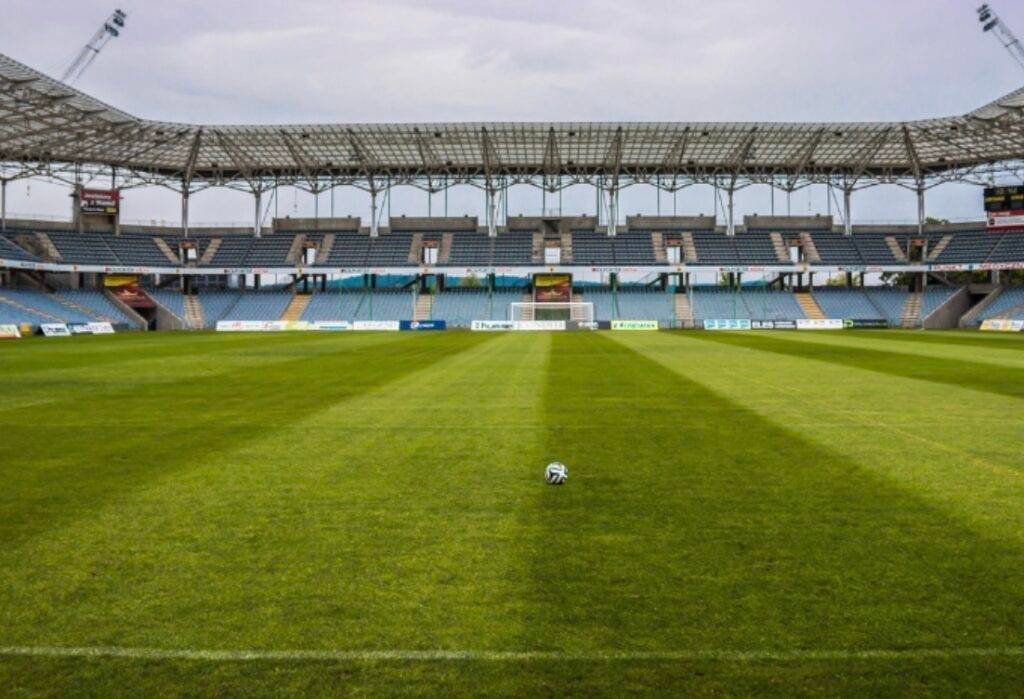


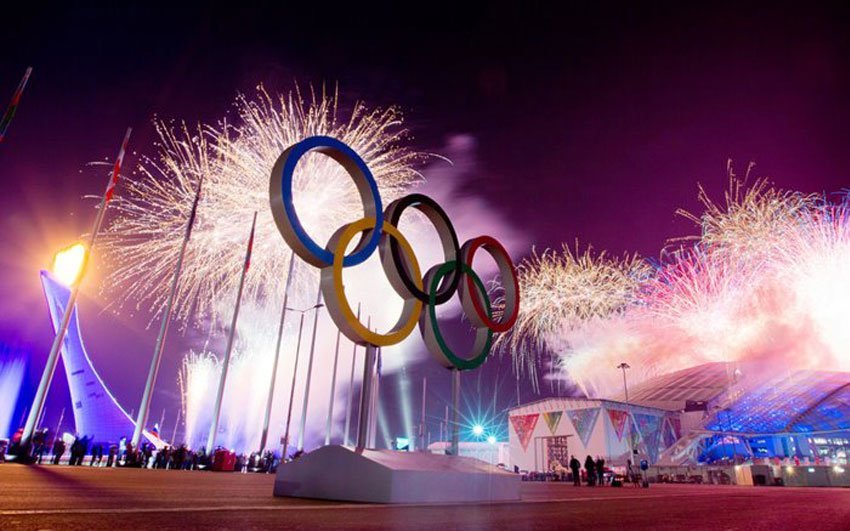
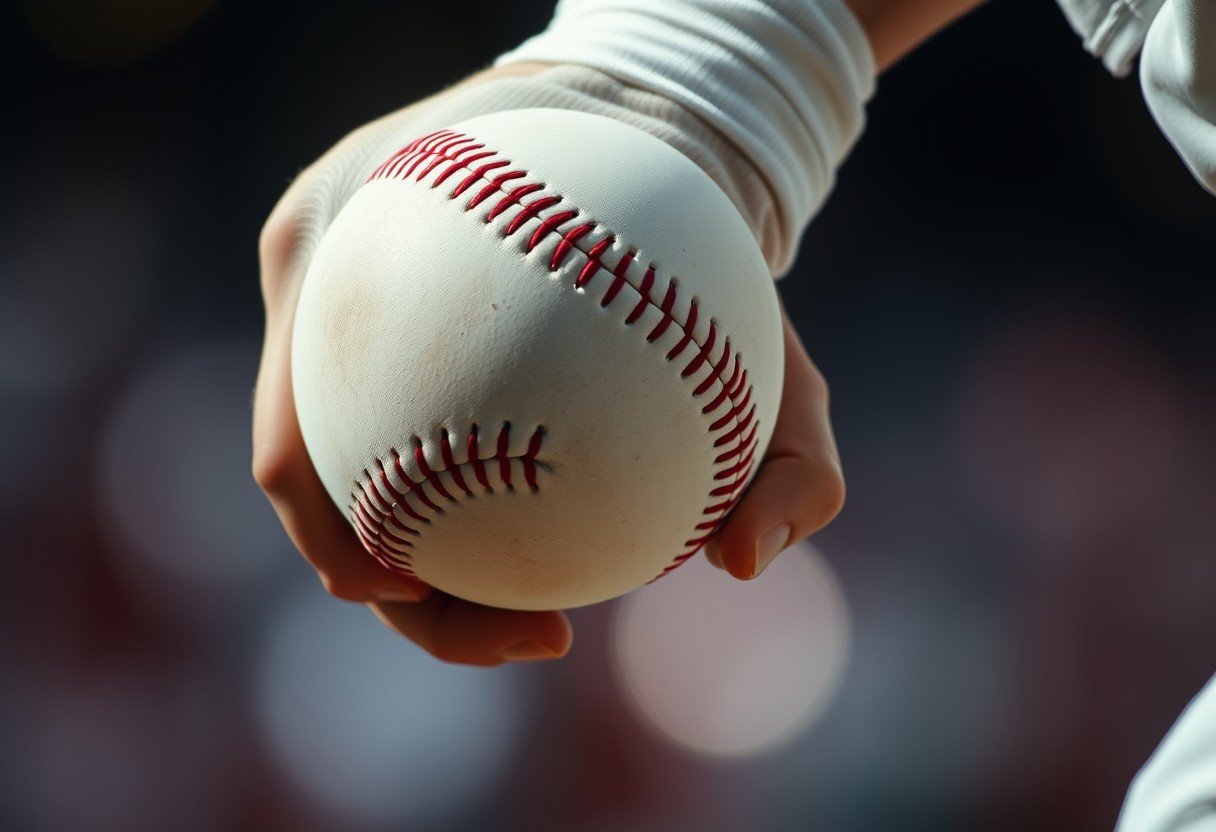
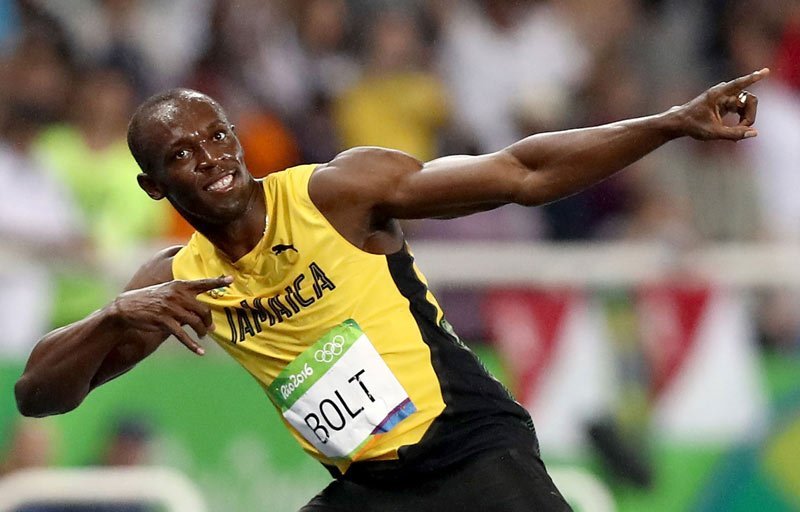
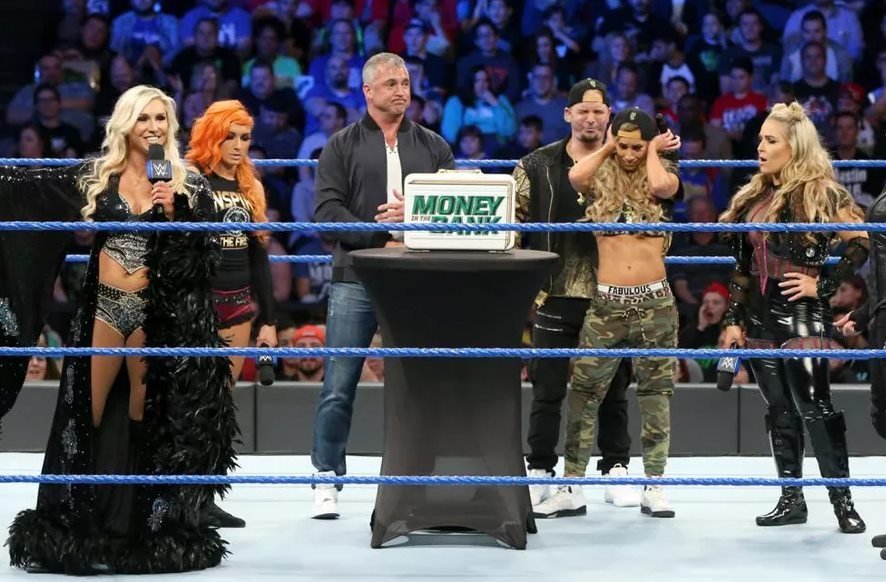
Leave a Comment